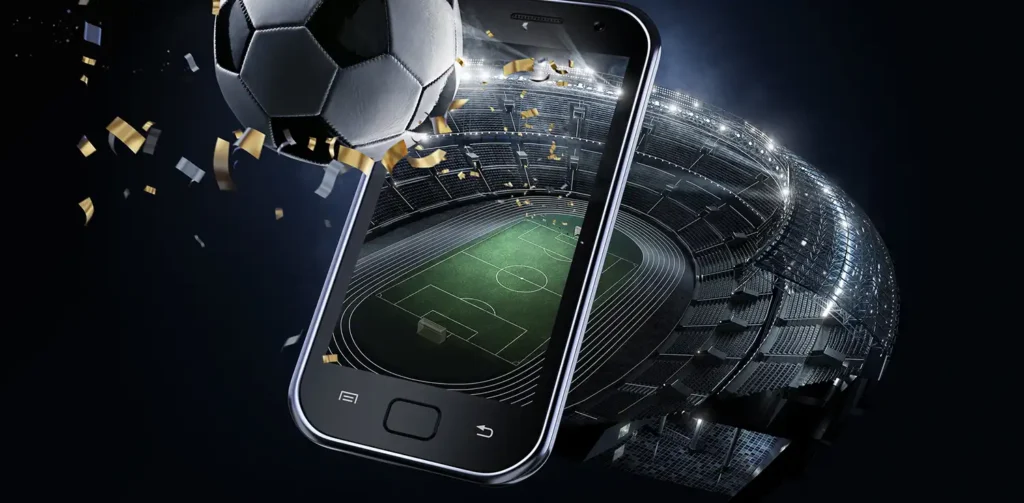Introduction
Technology is revolutionizing the world of sports at an unprecedented pace. From performance analytics and injury prevention to fan engagement and broadcasting, the integration of cutting-edge innovations is reshaping how athletes train, how games are played, and how fans experience sports.
Performance Analytics and Data Tracking
Advanced wearable devices and sensors allow coaches and athletes to track key performance metrics such as speed, heart rate, fatigue levels, and movement patterns. This data-driven approach enables personalized training programs and real-time feedback, helping athletes maximize their potential while minimizing injury risk.
Video Analysis and Replay Systems
High-definition video analysis tools have become essential for reviewing plays, improving techniques, and strategizing. In sports like football, cricket, and tennis, instant replay and slow-motion reviews ensure accuracy in officiating and help coaches fine-tune team tactics with precision.
Virtual Reality (VR) and Augmented Reality (AR)
VR and AR technologies are transforming both training and fan experiences. Athletes can simulate game scenarios using VR, enhancing decision-making and reaction times. Meanwhile, AR provides fans with interactive content such as real-time stats and immersive viewing, adding depth to live matches.
Injury Prevention and Rehabilitation
Technology plays a crucial role in sports medicine. Tools like motion-capture systems and biomechanical analysis identify movement inefficiencies that can lead to injury. Rehabilitation programs now include AI-driven recovery plans, electrotherapy, and robotic assistance, speeding up recovery and reducing the chance of re-injury.
Smart Equipment and Apparel
From sensor-enabled shoes to smart basketballs and rackets, technology is being embedded into sports gear. These innovations provide real-time performance feedback, help in skill development, and create a more interactive training experience for both amateurs and professionals.
Enhanced Fan Engagement and Broadcasting
Live streaming platforms, mobile apps, and social media have redefined how fans consume sports content. AI-driven personalization allows fans to receive tailored highlights, match updates, and commentary. Technologies like 4K/8K broadcasting and 360-degree cameras further enhance the viewing experience.
Esports and Digital Competition
Technology has also given rise to an entirely new category of competitive sports—esports. With millions of global viewers and professional leagues, video gaming has become a legitimate form of athletic competition, blending traditional sportsmanship with digital innovation.
Artificial Intelligence and Decision Making
AI is now being used in game strategy, performance forecasting, and even recruitment. Teams use machine learning models to evaluate player performance, predict opponent tactics, and make data-informed decisions that were once based purely on intuition.
Stadium Experience and Smart Venues
Modern stadiums are evolving into smart venues equipped with facial recognition, cashless transactions, and app-based services for seat upgrades or food delivery. These innovations enhance security, streamline operations, and significantly improve the spectator experience.
Conclusion
Technology has become an integral part of the sports ecosystem, benefiting athletes, coaches, fans, and broadcasters alike. As innovation continues to accelerate, the future of sports promises to be more immersive, data-driven, and inclusive—bringing new opportunities and redefining what’s possible on and off the field.








